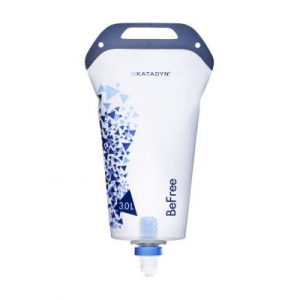
Agriculture
December 27, 2023
BeFree Water Filtration System 3.0 L
Read SolutionImplemented by
Katadyn Group
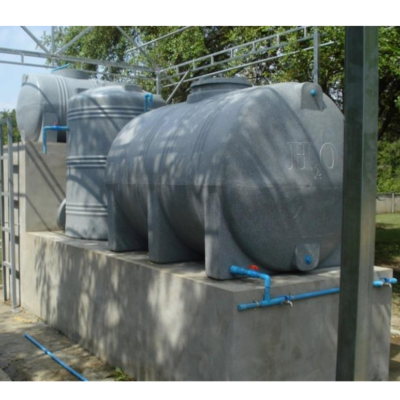
Updated on January 11, 2024
·Created on July 20, 2017
The iSSF is a gravity-fed slow sand filtration system.
The iSSF is a large slow sand filtration system that is designed to be intermittently operated as water becomes available. Without requiring electricity, water is gravity fed through sand where bacteria and turbidity are removed.
Target SDGs
SDG 6: Clean Water and Sanitation
SDG 3: Good Health and Well-Being
Market Suggested Retail Price
$1,000.00
Target Users (Target Impact Group)
Community, Public Sector Agencies, NGOs
Distributors / Implementing Organizations
This product has been implemented by Centre for Affordable Water and Sanitation Technology (CAWST), Samaritan’s Purse Canada, and Clear Cambodia.
Competitive Landscape
Direct competitors include Jal-TARA Water Filters.
Countries
Cambodia, Congo (Kinshasa), Kenya, Nicaragua, Philippines
Manufacturing/Building Method
The iSSF is built from locally-available materials such as water supply tanks, PVC pipe, and sand. The iSSF Manual is free to download.
Intellectural Property Type
Open-source
User Provision Model
This product is provided by aid organizations who work with communities and/or schools to build the system.
Distributions to Date Status
Due to the open source nature of the product, an exact number of distributions to date is unknown. However, Clear Cambodia have installed 900 school iSSF filters as of July 2020.
Target use case
Community use
Manufacturer-specified flow rate (L/hr)
96
Bacteria reduction
2 log (E. coli )
Protozoa reduction
3 log
Virus reduction
1 log
Heavy metals and/or arsenic reduction
Yes, 67 % reduction of heavy metals. No arsenic reduction.
Maximum recommended influent turbidity level (NTU)
There is no requirement. However, if the sourced water has a turbidity >50 NTU, the system will need to be cleaned more often.
Effluent turbidity levels (NTU)
Mean filtered water turbidity of 0.56 NTU
Manufacturer-specified volume between cleaning (L)
>1000
Material of construction
Plastic tanks
Design Specifications
The iSSF is operated by filling the reservoir tank with dirty water. Water flows from the reservoir tank into the filter tank via PVC pipe. The water is gravity fed though the biolayer, sand, and under drain layers in the filter tank. The water then flows through a PCV pipe to the storage tank.
Technical Support
Technical support to organisations and individuals is provided by CAWST.
Replacement Components
Replacement components are locally sourced.
Lifecycle
10-15 years
Manufacturer Specified Performance Parameters
The filter was designed for a Hydraulic Loading Rate of 1.6 L/min for a cylindrical tank of 1 m diameter, to provide sufficient yield and quality of water.
Vetted Performance Status
Testing performance by CAWST, during a field evaluation in Cambodia, determined 75% of the sampled iSSF filtered water presented zero E. coli and 95 % of stored water presented <10 E. coli. This is further described on page 52 of the iSSF manual.
Safety
The filter should be monitored and maintained regularly to ensure safety. Instructions for maintenance are provided in the iSSF manual.
Complementary Technical Systems
Adding chlorine to the outlet tank can increase the safety of the water.
Academic Research and References
Bédard, G., et al., 2015, Performance of Intermittently Operated Slow Sand Filters in Rural Schools in Cambodia, 2015 Water and Health Conference: Where Science Meets Policy.
CAWST, “Centre for Affordable Water and Sanitation Technology (CAWST),” Centre for Affordable Water and Sanitation Technology (CAWST). Available: https://www.cawst.org
“Samaritan’s Purse Canada,” Samaritan’s Purse Canada. Available: https://www.samaritanspurse.ca/
“Home – Clear Cambodia,” Clear Cambodia – A better life, 12-Jul-2017. Available: https://www.clearcambodia.org/
M.-P. Newswire, “Samaritan Filters now in schools in five countries, protecting children from potentially deadly polluted water,” Multivu. Available: https://www.multivu.com/players/English/7783251-samaritan-purse-biosand-filters/
“School WASH Program – Clear Cambodia,” Clear Cambodia – A better life, 24-Jul-2017. Available: https://www.clearcambodia.org/school-wash-program/
“Slow Sand Filtration,” Sswm.info. Available: https://sswm.info/water-nutrient-cycle/water-purification/hardwares/semi-centralised-drinking-water-treatments/slow-sand-filtration
“Goal 6,” Sdgs.un.org. Available: https://sdgs.un.org/goals/goal6
“Intermittently Operated Slow Sand Filtration (iSSF) Manual,” Cawst.org. Available: https://washresources.cawst.org/en/resources/09b317de/intermittently-operated-slow-sand-filtration-issf-manual
“Home – Clear Cambodia,” Clear Cambodia – A better life, 12-Jul-2017. Available: https://www.clearcambodia.org/
“Bacteria reduction,” Cawst.org. Available: https://blog.cawst.org/wp-content/uploads/2015/11/UNC-POSTER-Performance-of-Intermittently-Operated-Slow-Sand-Filters-F….pdf
“Why BioSand – Clear Cambodia,” Clear Cambodia – A better life, 11-Nov-2021. Available: https://www.clearcambodia.org/why-biosand/
CAWST, “Centre for Affordable Water and Sanitation Technology (CAWST)”. Available: https://www.cawst.org/
Crystalstream.com. Available: https://crystalstream.com/wp-content/uploads/2010/12/Hydraulic-Loading-Rates.pdf
CAWST, “Why does the filtered water need to be disinfected? Isn’t the filter enough?,” FAQ (Frequently Asked Question): Complementary technical systems. Available: https://www.biosandfilters.info/faq/e27101b8/why-does-the-filtered-water-need-to-be-disinfected-isnt-the-filter-enough
Compliance with regulations
This product complies with the WHO turbidity reduction standards.
Evaluation methods
This product has been evaluated for E. Coli and turbidity reduction through field testing in Cambodia.
Other Information
None

Agriculture
December 27, 2023
Implemented by
Katadyn Group
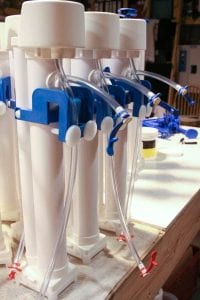
Agriculture
December 27, 2023
Implemented by
Aquabox, UK
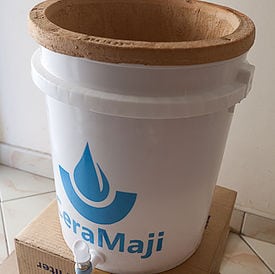
Agriculture
January 11, 2024
Implemented by
Kenya Ceramic Project (KCP)
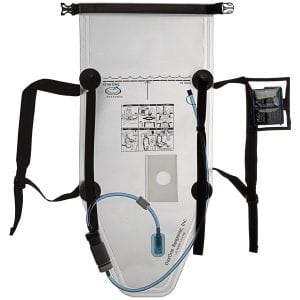
Agriculture
January 8, 2024
Implemented by
DayOne Response
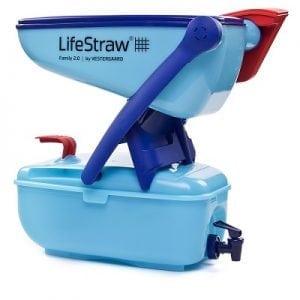
Agriculture
December 29, 2023
Implemented by
LifeStraw
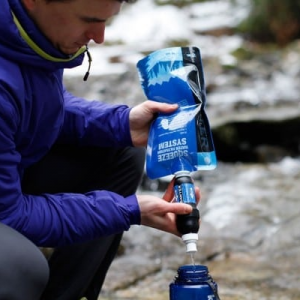
Agriculture
December 29, 2023
Implemented by
Sawyer
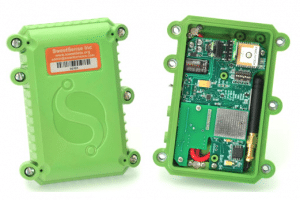
Agriculture
June 26, 2024
Implemented by
SweetSense Inc
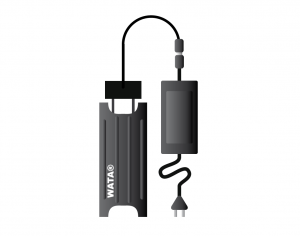
Agriculture
January 3, 2024
Implemented by
Antenna Technologies
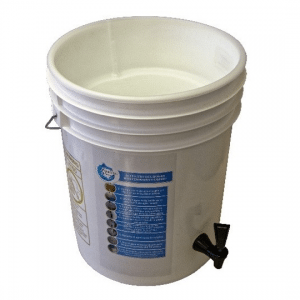
Agriculture
December 27, 2023
Implemented by
Aqua Clara International
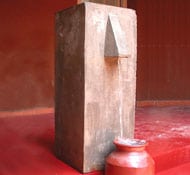
Agriculture
January 10, 2024
Implemented by
Dr. David Manz, University of Calgary
Have thoughts on how we can improve?
Give Us Feedback